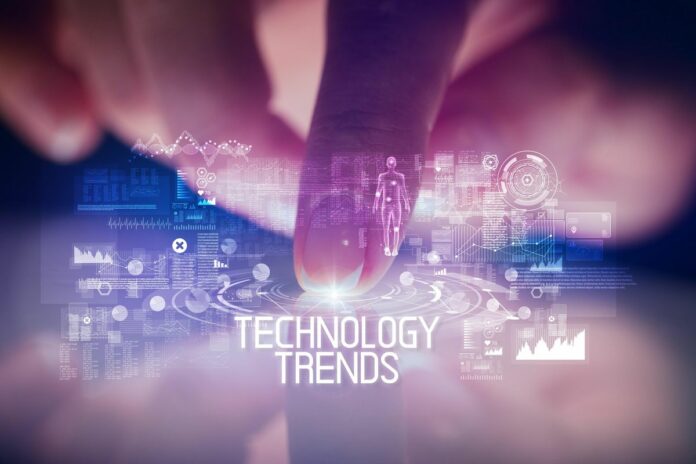The ever-emerging needs of the current market have led to substantial growth in technologies. With the competition being high, staying ahead of other companies is vital for survival. This increased funding for newer technologies and also for improving the current ones. The Covid-19 crisis has paved way for many new business models.
Since a large number of people prefer staying indoors, online marketing saw a significant rise in popularity. This ensured customers, good quality product at their doorsteps. They no longer have to travel nor wait in long queues. This improved the quality of life.
Cloud computing is another major revolution in technology. With this, any information can be stored on a server and it can be accessed anywhere in the world. This also ensures the data does not get lost but at the same time provides security. Besides, it creates huge revenues for cloud vendors and improves the business. Cloud computing is expected to grow significantly over the coming years.
With the growth in technology, there a heavy dependence on improving the speed and efficiency of computers. This has led to quantum computing. Quantum computing works by quantum phenomena such as superposition and entanglement to perform computation. Quantum computers are mainly used in cybersecurity, financial modeling, and weather forecasting.
Artificial Intelligence has recently gained a lot of popularity, mainly because of the humanoid robot Sophia created by Hong Kong-based company Hanson Robotics. Since her first public appearance, many shops and malls have started using humanoid robots to attract customers. Another area where AI is used is in self-driving cars. The main advantage of AI is that it doesn’t use any pre-defined codes for functioning. Instead, it learns by itself. Due to this, it always self improves and reacts as per the situation and this makes it user friendly.
With the ever-growing need to reduce the production cost, manufacturers opt to reduce the human workforce by an increase in the use of automation. This formed a new technology known as hyper-automation. Hyper automation integrates the use of artificial intelligence in conventional robotic process automation. This creates great flexibility in the manufacturing process and results in little to no human intervention.

